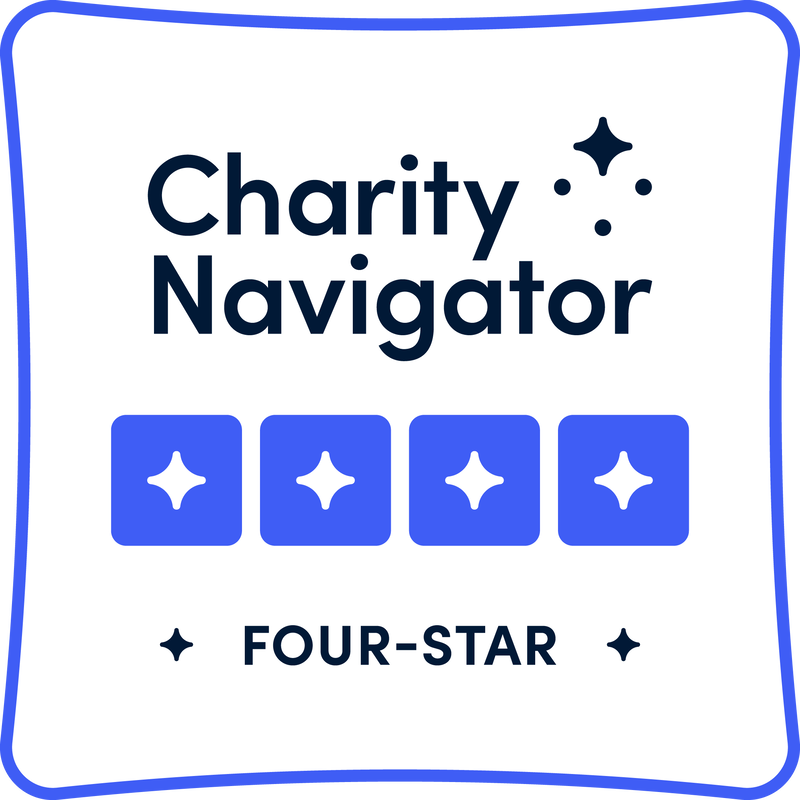Shirvani: Dystrophic
|
My name is Shirvani Naran and I was born with Dystrophic Epidermolysis Bullosa. Shortly after birth, my mom noticed some redness and raised skin around my wrists and ankles, in the area where the identity tags had been placed. She thought it was a rash. Later that day the nurses took me away to bathe me, and when I returned my mother was horrified to find that I had, what looked like, fluid filled blisters and skin peeled off in different areas all over my body. She thought I had been burned by hot water during the bath. The doctors and nurses were called in and they assured her that I hadn’t been burned. She then noticed that when she or the doctors handled me and touched my skin, it stuck to their fingers and the latex gloves as it peeled off. That’s when they realized it was not burn wounds. A few days later after consultation with other specialists, I was diagnosed with Epidermolysis Bullosa. The severity was not known and both the medical team and my parents were reluctant to conduct a skin biopsy due the amount of wounds I already had. The prognosis was very poor, and I was given 6 months to live. My parents were told to take me home, make me as comfortable as they could, and to not get attached to me because my survival was unlikely.
The condition means that I have very fragile skin. At a genetic level, there’s a defect in my DNA which results in my cells not being able to produce the essential protein components like collagen, which are needed to “glue” and hold the layers of skin together. This causes blistering as the skin layers shift/slide off each other with friction. The skin very easily comes apart completely or peels off resulting in wounds that resemble third degree burns. My hands and feet have been disfigured, I’ve lost my fingers, toes and all my nails to mitten deformities and I have visible scarring throughout my body from repeated wounding. EB also affects internal surfaces like the linings of the throat, gut, ears, eyes and mouth which are all prone to blisters. My hair, bones, teeth and muscles are also severely weaker than normal as all of these parts of the body are made of different proteins which my body is defective in producing. I have difficulty in chewing and swallowing foods and liquids as a result of some of these impacted areas. Just like every other little girl, I grew up watching princess fairytales and beauty pageants, the likes of Miss SA Miss World and Miss Universe. As a child, my cousins and I would play pretend pageants and choose the countries that we wanted to be. But I never realized at that age how different I was and how non-inclusive and cruel the world around me could be until I was a bit older. I was forced to cover up, not just to protect my skin, but to protect my emotional well-being. It was never an easy task being out in public. People constantly stared and whispered. I always felt like I never quite fit in. I had so much drive and personality but my body didn’t match up. Growing up I never saw women like me represented anywhere. Not in media, on runways, in movies or pageants, and I became more aware of what society saw as normal, and I realized that it wasn’t me. I was forced to put aside many dreams. My friends would get picked for modeling or fashion shows and no one would even ask me. I would be too ashamed to even tell anyone I wanted to be a model because I knew they’d laugh at me. I thought my time was over, until I came across the Mrs Globe South Africa call for entry. What attracted me to the pageant was its non-discriminatory entry criteria. Unlike other “Mrs” pageants, the only main criteria was that you had to be within a certain age bracket. It didn’t matter if you were divorced, single, married, disabled, had no prior experience, fat, skinny or whatever, the call for entry was broad and inclusive. The pageant promised to be unique and empowering and aimed to give women the opportunity and platform to leave their own legacy. I decided to give it a try. I wanted a platform where I can be allowed to share my journey of being isolated and rejected, and then coming into my own, and finding the courage to step out in boldness and confidence, to make my dreams a reality despite my physical limitations. I wish to bring hope to other women and young girls living with a disabling illness or condition, to be someone that they can look up to and say, if she can be so brave and confident, then I can too. The stereotypes and the skewed ideas of what inclusion, representation and diversity really are, has to be challenged further because the current media platforms and big brands act as if those of us with disabling chronic conditions, don’t exist. We still aren’t being adequately represented but we too are consumers of beauty, fashion, food and lifestyle products. This is why I’ve entered the social media space as a disabled micro-influencer and an advocate for body-positivity and inclusion. Women should be able to embrace the bodies they are in, without the fear of what society finds acceptable. |




